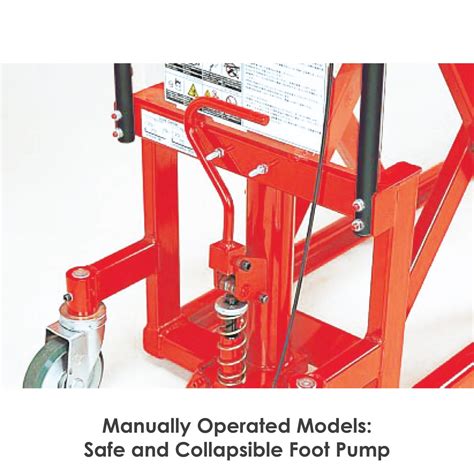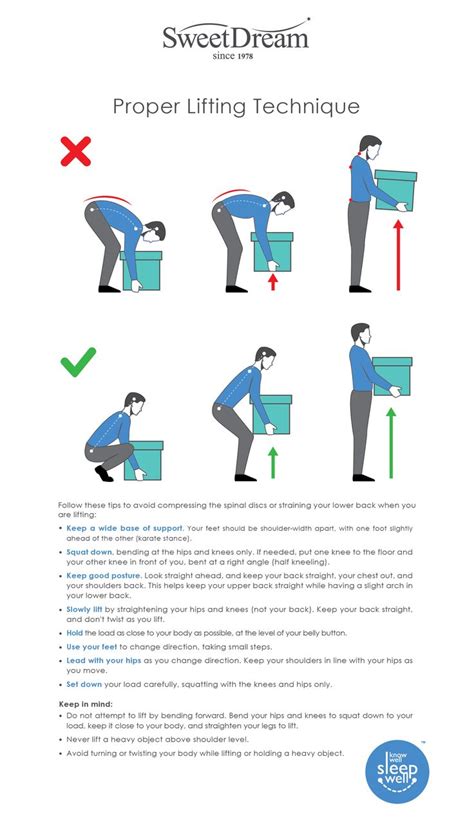How to break strength plateaus in compound lifts for peak performance gains?

Understanding Strength Plateaus in Compound Lifts
Every dedicated lifter eventually encounters a strength plateau – that frustrating point where progress grinds to a halt, despite consistent effort. This is particularly common in compound lifts like squats, deadlifts, bench press, and overhead press, which recruit multiple muscle groups and are foundational for overall strength. While plateaus can feel disheartening, they are a natural part of the strength-building journey, signaling that your body has adapted to current demands and requires a new stimulus to grow stronger.

Re-evaluating Your Training Approach
1. Master Progressive Overload (Beyond Just Adding Weight)
The cornerstone of strength training is progressive overload, meaning you continually challenge your muscles to adapt to a greater stimulus. When you plateau, it’s often because you’ve exhausted the most obvious form of progressive overload: adding weight. However, there are many other ways to apply it:
- Increase Reps/Sets: If you can’t add weight, try performing more repetitions with the current weight, or add an extra set.
- Improve Form: A truly stronger lift often means a more efficient and controlled movement. Focus on perfect technique rather than just moving the weight.
- Decrease Rest Times: Shortening the rest periods between sets can increase the density of your workout, making it more challenging.
- Increase Frequency: Lifting a compound movement more often (e.g., squatting twice a week instead of once) can provide more practice and stimulus.
- Time Under Tension: Slowing down the eccentric (lowering) phase of a lift can increase the muscle’s time under tension, promoting hypertrophy and strength.
2. Implement Strategic Deloads
Pushing hard constantly without periods of reduced intensity can lead to overtraining, CNS fatigue, and eventually, a plateau. A deload week involves significantly reducing your training volume and/or intensity (e.g., 50-60% of your usual weight for fewer sets/reps). This allows your body to recover, repair, and consolidate strength gains, often leading to a breakthrough when you return to heavier lifting.

Optimizing Recovery and Nutrition
3. Prioritize Sleep and Recovery
Strength isn’t built in the gym; it’s built during recovery. Adequate sleep (7-9 hours per night) is crucial for hormone regulation, muscle repair, and central nervous system recovery. Stress management techniques can also significantly impact your ability to recover and perform.
4. Fuel Your Body for Growth
A strength plateau can often be traced back to insufficient nutrition. To build strength and muscle, you need to be in a caloric surplus (eating more calories than you burn), especially if you’re relatively lean. Focus on:
- Protein: Aim for 1.6-2.2 grams of protein per kilogram of body weight to support muscle repair and growth.
- Carbohydrates: These are your primary fuel source for intense workouts. Don’t skimp on quality carbs.
- Healthy Fats: Essential for hormone production and overall health.

Refining Your Technique and Programming
5. Analyze and Perfect Your Form
Even experienced lifters can develop subtle form imperfections that limit strength and increase injury risk. Video yourself performing the lift from multiple angles and compare it to expert demonstrations. Small adjustments in foot placement, grip, bar path, or bracing can unlock significant strength potential.

6. Incorporate Targeted Accessory Work
Identify your weakest link in a compound lift. For instance, if your lockout is weak on bench press, add triceps-focused exercises. If your lower back rounds on deadlifts, strengthen your core and glutes. Accessory exercises should complement your main lifts by addressing specific weaknesses, not just accumulating fatigue.
- For Squats: Glute-ham raises, lunges, good mornings.
- For Bench Press: Close-grip bench, dumbbell rows, triceps extensions.
- For Deadlifts: Romanian deadlifts, hyperextensions, core work.
7. Consider Periodization or Program Switching
Sticking to the same routine indefinitely can lead to adaptation and plateaus. Periodization involves varying training intensity, volume, and exercise selection over time. If you’ve been on a linear progression program for a long time, switching to a block periodization or a different program entirely (e.g., 5/3/1, GZCLP, or a hypertrophy block) can provide the novel stimulus your body needs to break through.

Conclusion
Breaking strength plateaus in compound lifts is less about raw brute force and more about intelligent, strategic adjustments. It requires patience, consistency, and a willingness to critically assess your training, recovery, and nutrition. By implementing these strategies, you won’t just break through your current limits; you’ll set the stage for sustained, long-term performance gains and a stronger, more resilient physique.









